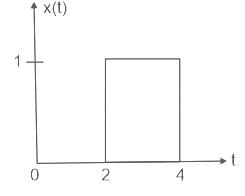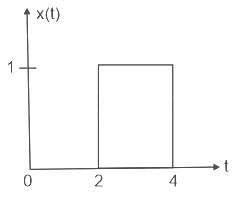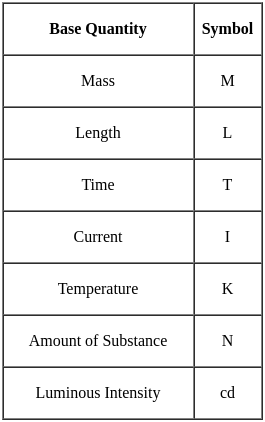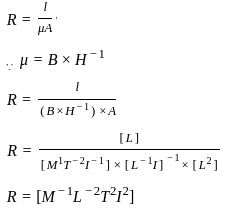RSMSSB JE Electrical Mock Test - 2 - Electrical Engineering (EE) MCQ
30 Questions MCQ Test RSMSSB JE Electrical Mock Test Series 2026 - RSMSSB JE Electrical Mock Test - 2
Which of following timeline could be related to Kalibangan civilization?
Which famous Goddess of Rajasthan is associated with Rats ?
Which athlete from Rajasthan won the gold medal in the 20 kilometer walk at the 63rd National Inter State Senior Athletics Championship?
Who was the last Jat ruler of Bharatpur state, who signed the Instrument of Accession of the Indian Union?
Where did Phad paintings originate in Rajasthan?
Which school of painting is also known as Dhundar School?
How much area of Rajasthan does the Hadoti Plateau contain?
Which of the following is used to provide mechanical protection for the cable?
For a feedback control system of type-2, the steady-state error for a ramp input is
What is the induced EMF in a conductor with a length 2 meters moving at a right angle to a magnetic field having a flux density of 3 Wb/m2 at a velocity of 40 m/s?
The average load voltage of three-phase half -wave controlled circuit using thyristors is given by
In a unity feedback control system with  when subjected to a unit step input, it is required that system response should be settled within 2% tolerance band, the system settling time is -
when subjected to a unit step input, it is required that system response should be settled within 2% tolerance band, the system settling time is -
Comment on the stability of control system whose characteristic equation is given by -
s5 + 2s4 + 24s3 + 48s2 - 25s - 50 = 0
A single-phase full-bridge inverter can operate in load commutation mode in case load consists of:
A signal f(t) has energy E, then what will be the energy of the signal f(2t) -
Match List-I (Quantity) with List-II (Dimensions) and select the correct answer using the codes given below the lists -




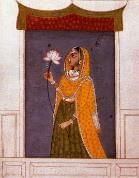
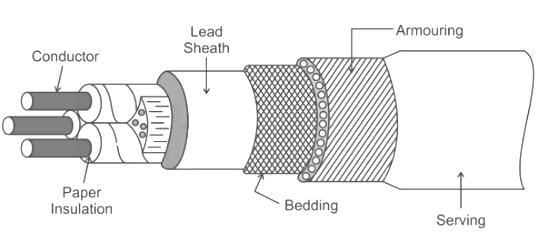

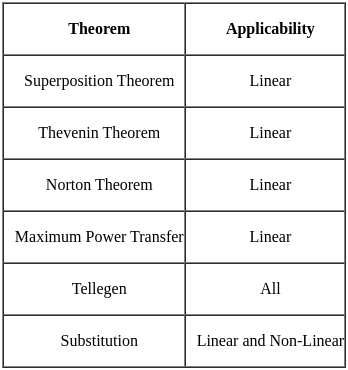



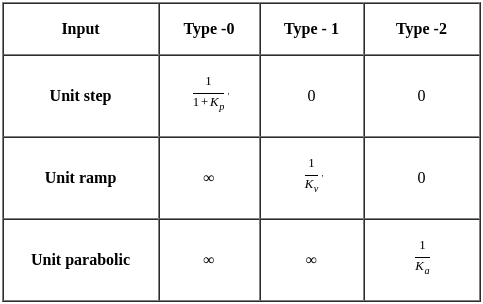



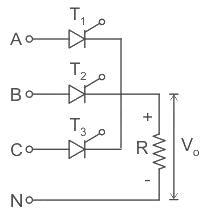
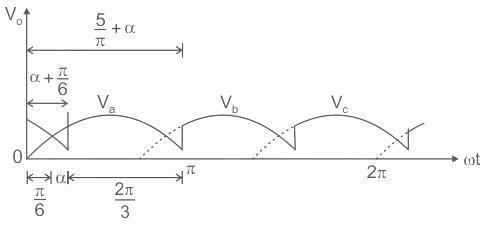
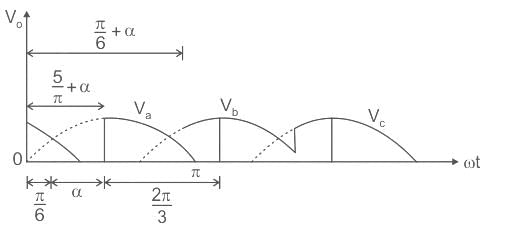
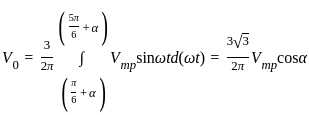

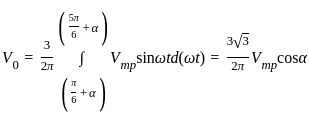




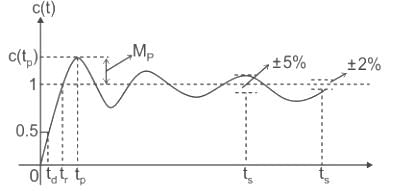

 for a 5% tolerance band.
for a 5% tolerance band. for 2% tolerance band
for 2% tolerance band





 and
and 

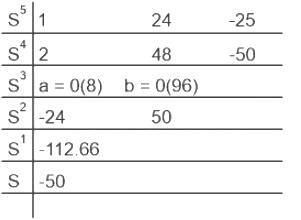




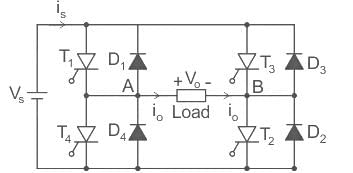
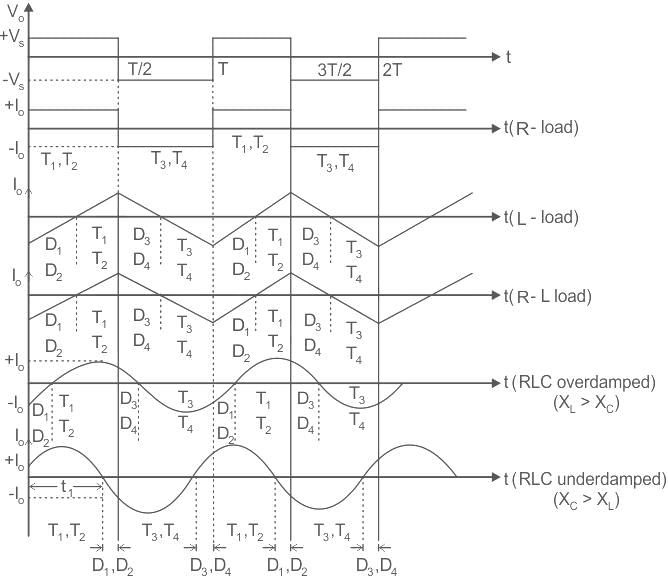
 for RLC circuit
for RLC circuit for RLC circuit
for RLC circuit


